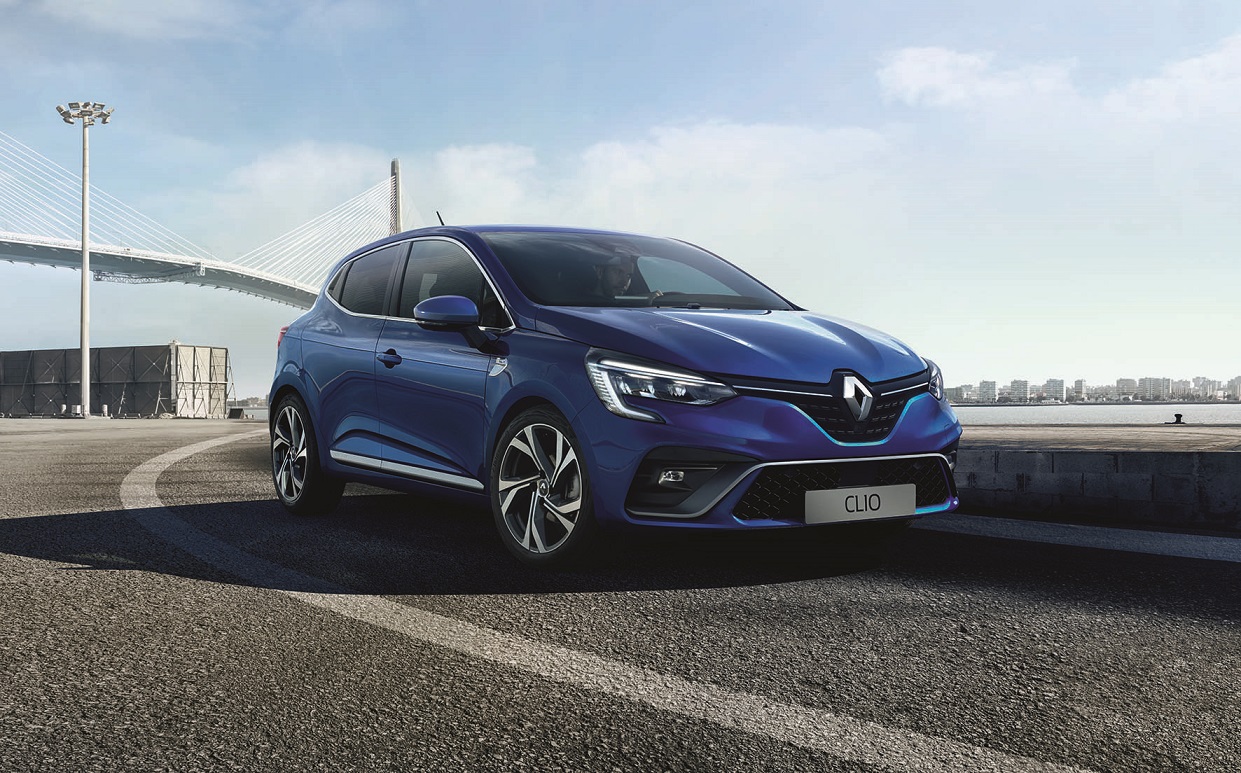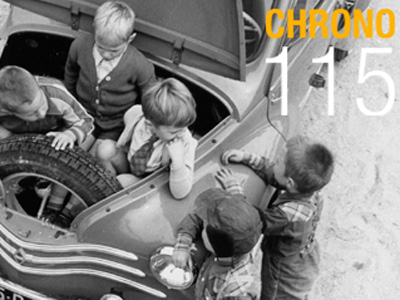

It was against this background that Pierre Lefaucheux gambled on large-scale production of the 4CV, which had been developed in the Billancourt workshops in secret since 1940.
Designed with raw materials and petrol shortages in mind, it was light (550kg) and equipped with a small, fuel-efficient 750cc engine. It was also particularly comfortable, with good suspension, and could easily accommodate four people thanks to its four doors.
The styling, though less minimalist than that of the first prototype, was still simple and streamlined. The wings blended with the bodywork, following a trend from across the Atlantic. “It has pleasing lines […] in addition to what makes French design different: purity”, L’Automobile French magazine summed up[1]. The 4CV, manufactured from 1947 to 1961, enjoyed unprecedented popularity – more than a million units were produced. It is a fine example of Renault’s ability to come up with new solutions based on existing techniques.
The Dauphine, launched in 1955, used the same basic architecture as the 4CV. Its styling was inspired by the Frégate, which went on sale in 1952: the lower section adopted the American-influenced pontoon line in which only the side air intake breaks the continuity of the flanks. With improved performance and even better looks, the more spacious Dauphine made a sales breakthrough abroad and reached the previously unheard-of production rate of 2,000 units a day.
In 1961 the Renault 4 took over from the 4CV. To keep investment low, the body panels were only lightly stamped and both the windscreen and rear screen were flat. To make the car as versatile as possible while keeping it the same size as the 4CV, the internal dimensions were increased by making judicious use of the height. A fifth door made it easier to load the sill-less boot, which could be further extended by folding down the rear seats. To make that possible, front-wheel drive – which had been avoided during the war and introduced with the Estafette, was incorporated. Comfort was ensured by flexible torsion-bar suspension and seats that were light and soft and did not take up much space. Such comfort was unrivalled at this level of the range, so that the car was even prescribed for patients with back problems!
The Renault 4 concentrated all Renault’s expertise: many people could afford the car and it appealed to a very wide variety of customers. It would never be directly replaced.
The Renault 5, launched in 1972, was an addition to Renault’s range of smaller cars. However, its aim was to be positioned differently from the Renault 4 and 6. With extremely sober styling, no chrome finish and only three doors, but with a few distinctive touches such as the contoured headlamps, it immediately stood out from its predecessors. It attracted amused and friendly glances, and appealed to new kinds of customer: women, young people and families with more than one car. Its versatility and spacious interior for a small overall size opened up a very broad market. This feat was achieved by some clever architectural ideas and the use of composite materials inside the roof. The Renault 5 launched a new kind of vehicle: the versatile city car that was both convivial and useful for everyday driving. This ability to accompany motorists through every stage of their personal and business lives foreshadowed the slogan “voitures à vivre” that would come along about ten years later.
The Twingo, revealed at the 1992 Paris Motor Show, was the outcome of a long and difficult search for a Renault entry-level car. For 20 years the brand had been unable to find a satisfactory economic balance in the segment. The answer lay in simplicity: one-box styling with two doors and a single engine (no diesel version or automatic transmission). The car’s friendly “face”, cheeky look and five bright colours, combined with an exceptionally roomy interior, made a link between the pert, cheery personality of the Renault 5 and the MPV styling introduced by Renault since the Espace. Twingo had an enthusiastic reception, and by the time it made way for Twingo II in 2007, it had already sold about 2.5 million units.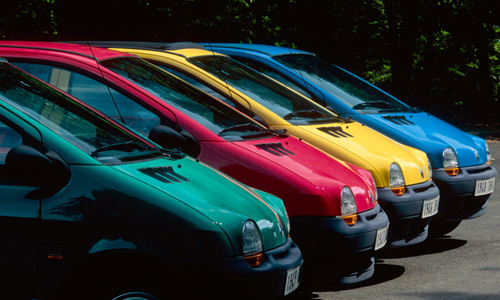
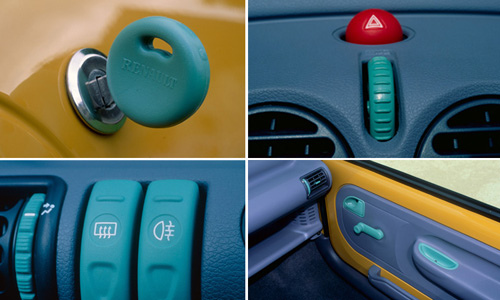
View more
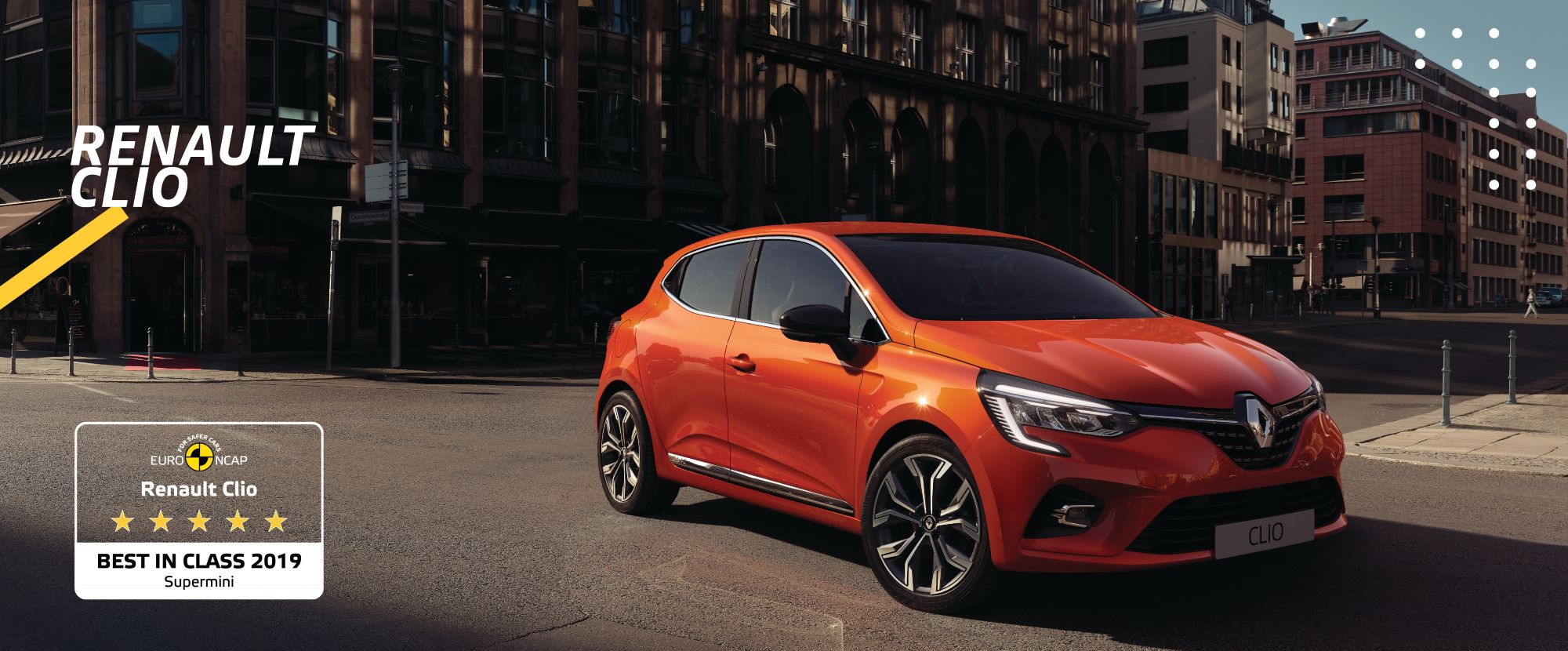
SAFETY: 5 EURO NCAP STARS AND BEST RATING IN ITS CATEGORY FOR THE ALL-NEW CLIO
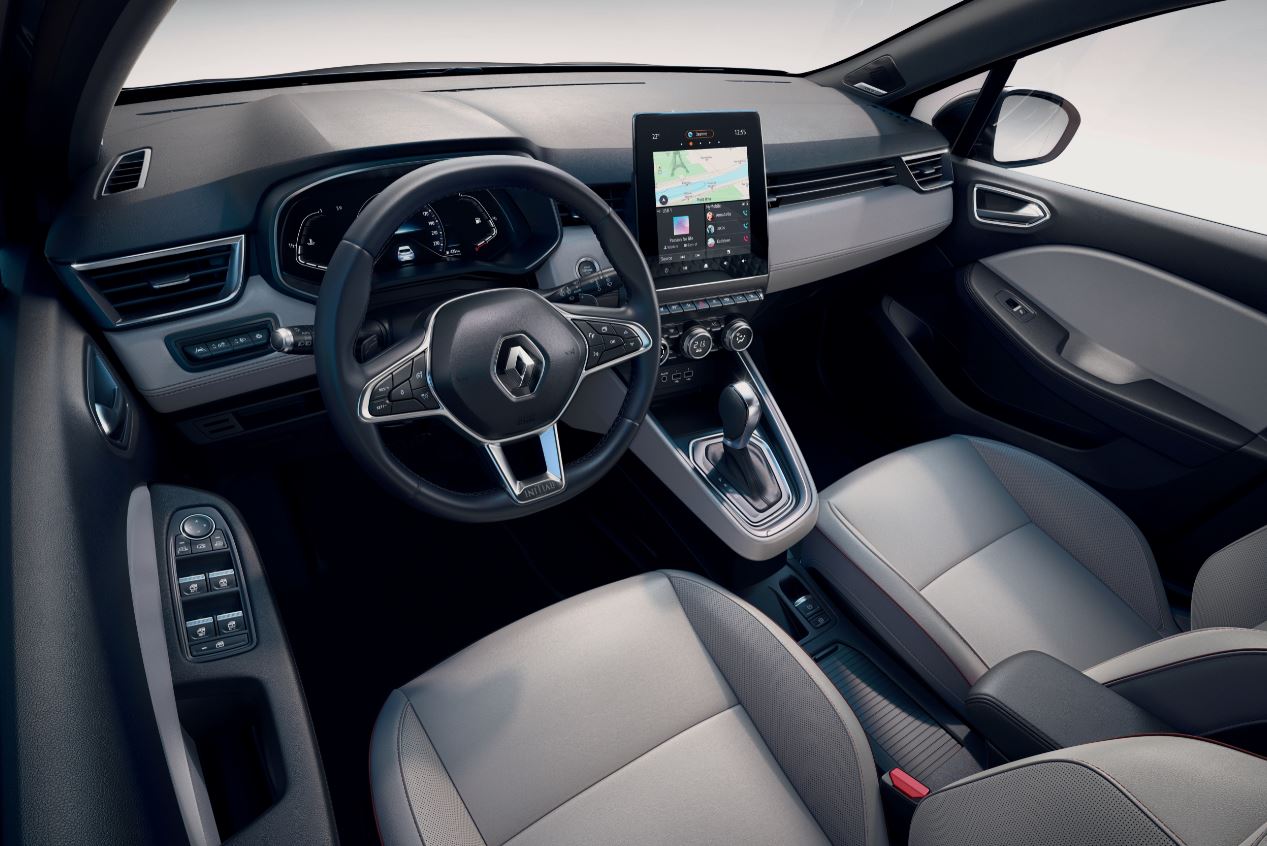
The All-new Renault CLIO: the most comprehensive driving assistance on the market
